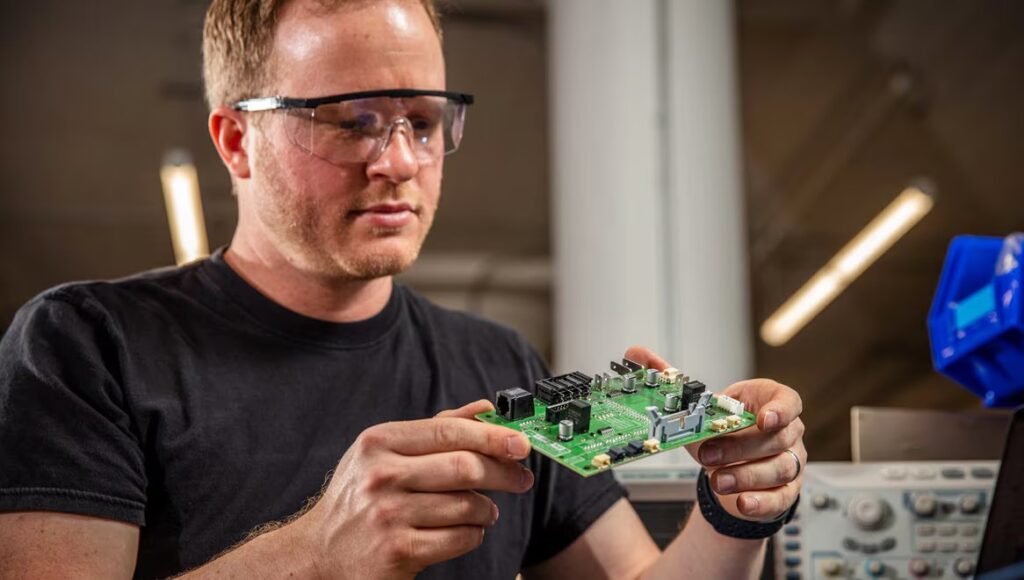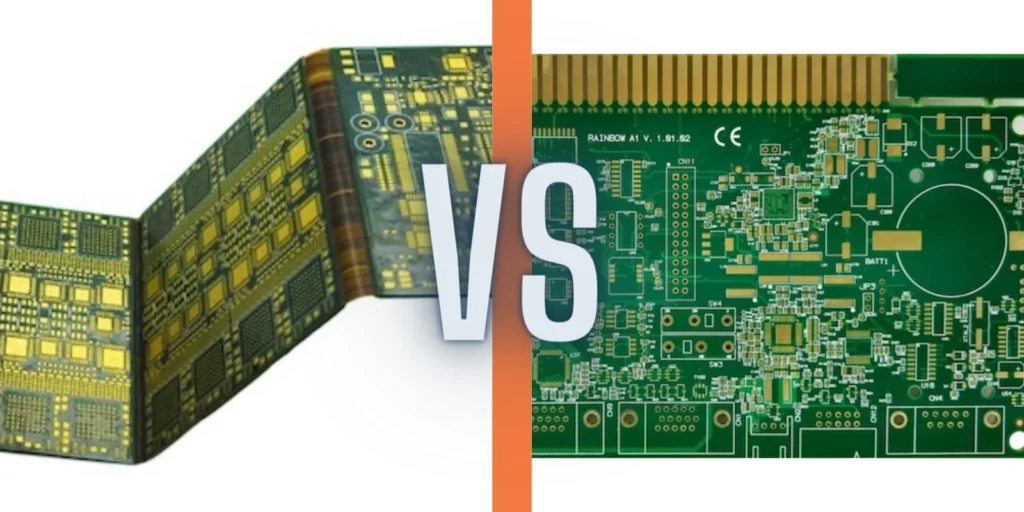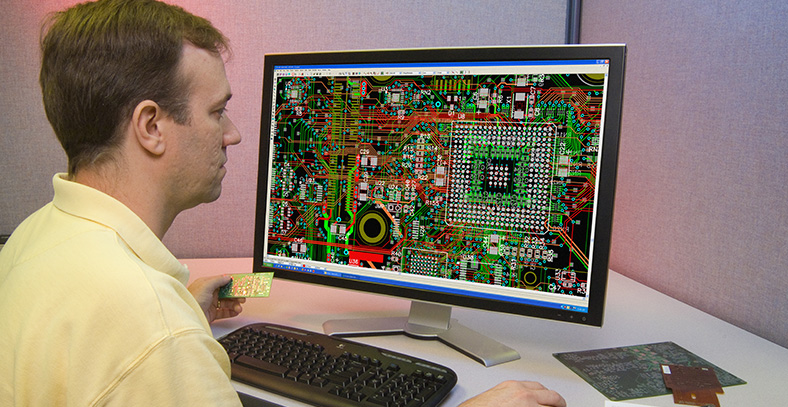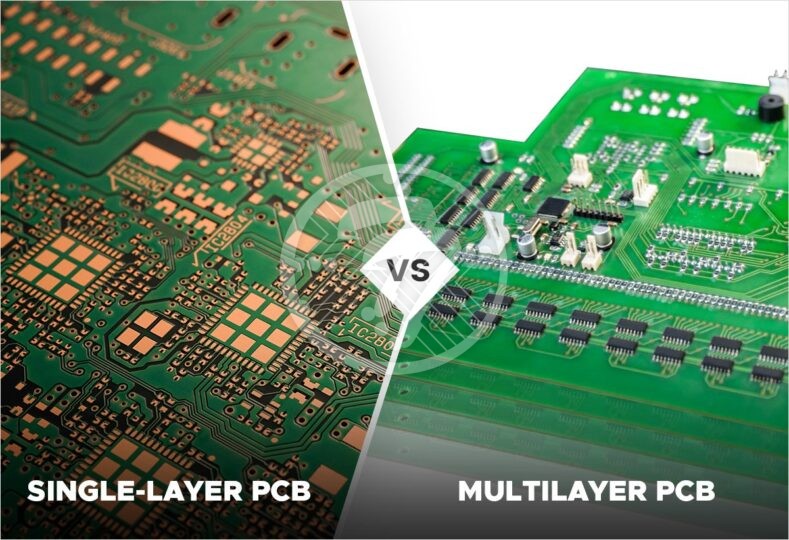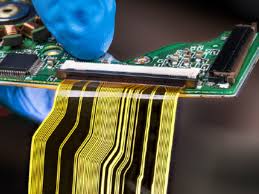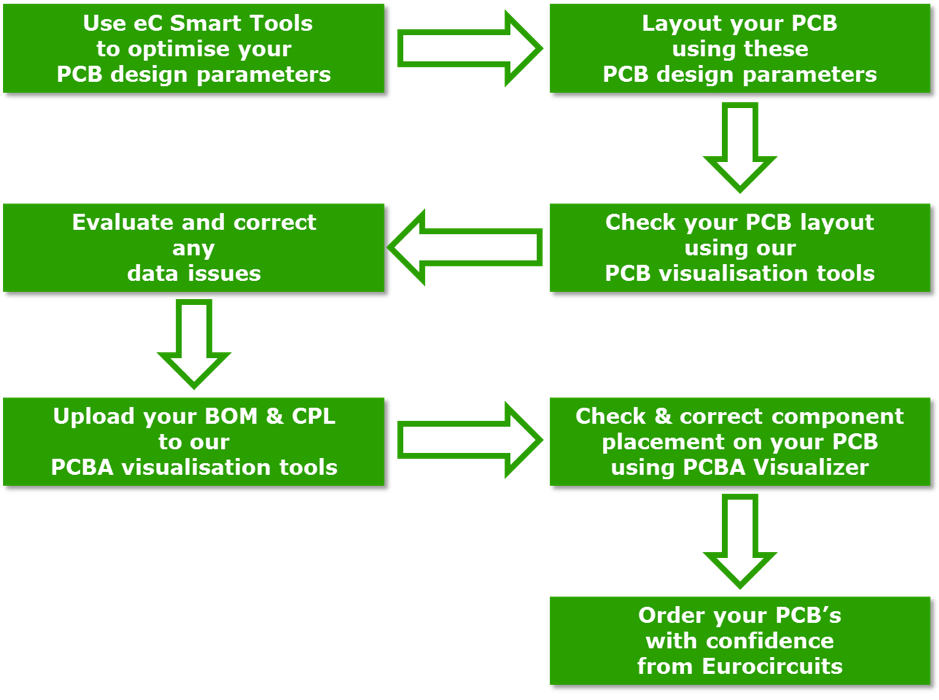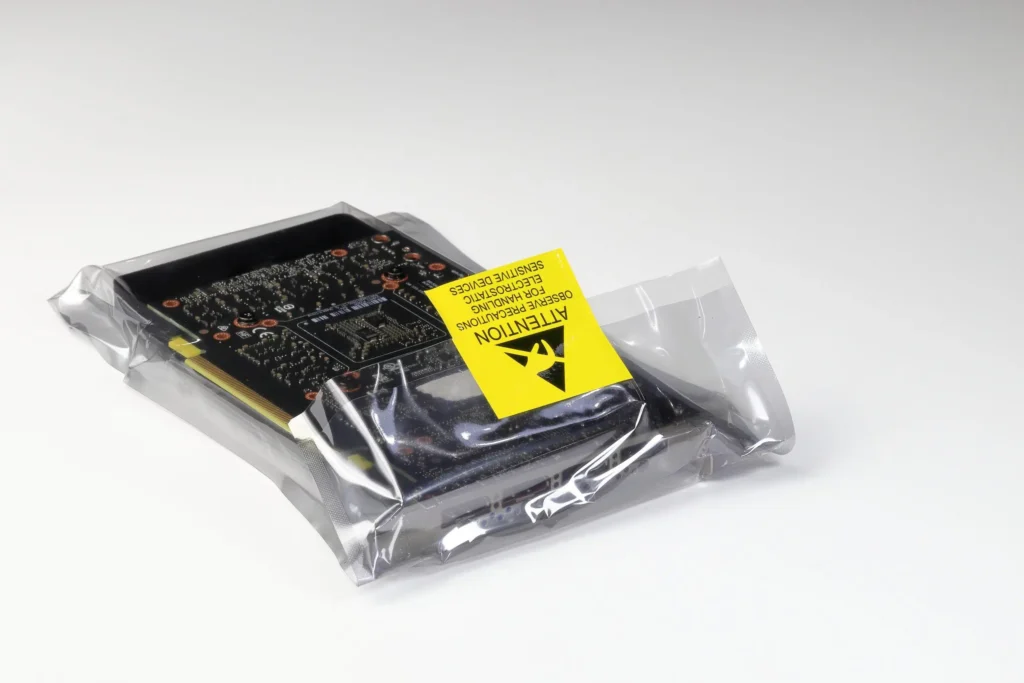PCBA circuit boards are critical components in electronic manufacturing and require visual inspection, electrical testing, functional testing, environmental adaptability testing, reliability testing, as well as non-destructive testing and material process testing to ensure reliable quality.
1、 Visual inspection
Firstly, visual inspection of the PCBA circuit board is an essential step. This includes checking the appearance of the circuit board to confirm that there is no obvious physical damage, such as cracks, scratches, or damage to the solder mask layer. At the same time, it is necessary to carefully inspect the quality of welding to ensure that the welding points are smooth, full, and free from false welding, empty welding, or missed welding. In addition, the installation position of the components also needs to be checked to ensure that there is no tilt, offset, or misalignment.
2、 Electrical testing
Electrical testing is an important step in verifying the performance of PCBA circuit boards. This step involves precise measurement of voltage, current, and impedance at various key points on the circuit board. By comparing design requirements with actual measurement data, it can be ensured that the electrical performance of the circuit board meets expectations. Any electrical parameters that exceed the specified range shall be considered unqualified.
3、 Functional testing
Functional testing aims to verify the performance of PCBA circuit boards under actual working conditions. This includes multiple aspects such as signal processing capability, noise level, and power consumption. Testers need to develop corresponding testing plans based on the design goals and application scenarios of the circuit board, and strictly follow the plans. Only circuit boards that have passed functional testing can ensure that they meet the requirements of the equipment in practical use.
4、 Environmental adaptability testing
Considering that electronic devices may be used under different environmental conditions, environmental adaptability testing is also an important part of verifying PCBA circuit boards. This includes simulation testing of various environmental conditions such as temperature, humidity, and vibration.
5、 Reliability testing
To ensure the long-term stable operation of PCBA circuit boards, reliability testing is essential. This includes thermal shock testing, pressure resistance testing, fatigue resistance testing, etc. These tests aim to simulate various stress situations that circuit boards may encounter during long-term use, in order to evaluate their lifespan and reliability. Only circuit boards that pass these rigorous tests can be considered high-quality products.
6、 Non destructive testing and material process testing
In order to maintain the integrity of circuit boards, non-destructive testing methods such as X-ray testing are also widely used in the inspection process. This method can observe the welding quality and component installation inside the circuit board without damaging the circuit board itself.
In addition, it is necessary to test the quality of raw materials and the process parameters of the production process of the circuit board, as they directly affect the final performance of the circuit board.




